Art is a knowledge-driven field, while science is an area that contributes significantly to our society and is a pillar of contemporary culture. Therefore, artists and scientists are often following common paths: from exploration to research, followed by production, delivery and sharing with their communities and broader society. Collaborations between scientists and artists are underway around the world in a variety of ways such as 1) inspiration based, 2) scientific understanding of creativity, 3) artists impressions of scientific work, 4) interdisciplinary collaborations, to name a few. This merge of science and art domains are reflected on #SciArt hashtag in fresh and exciting ways.
Earth-Life Science Institute (ELSI), as a world-leading institution to discover the “origins of the Earth and life” through an integrated interdisciplinary approach, hosts a collective of top researchers and students from a variety of backgrounds. This allows ELSI to bring a unique perspective for science-art collaborations.
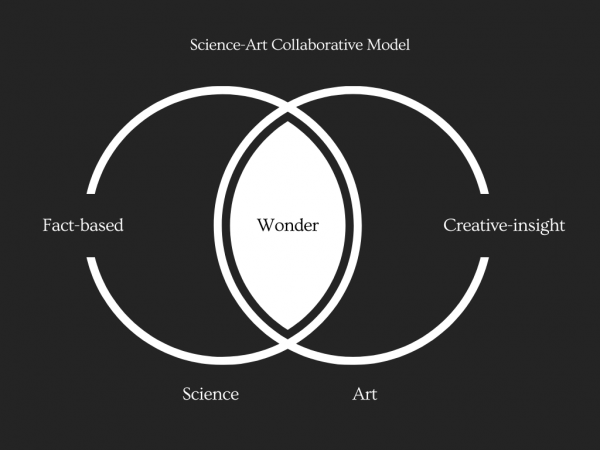
Science-Art Collaborative Model (T. Heenatigala, ELSI)
DRIVEN BY COLLABORATION AND CO-CREATION
ELSI science-art project focuses on collaborations and co-creative approaches between scientists and artists (and at times with students and staff). The approach puts ELSI researchers to look at their work, the research cycle in an artistic perspective, while the collaborating artist observe and engage in ELSI’s scientific process with an artist’s eye. This collaboration works as a two-way stream between scientists and artists through dialogue and understanding. The project presents the outcome in a variety of ways as artwork, workshops, discussions.
PROCESS, IMPACT AND OUTCOME
ELSI PR Office bring together scientists, graduate students with a selected artist for each Science-Art project. The process of each effort can vary depending on the collaborations[3]. Examples of such collaborations are; dialogue between scientists-artists, introducing artistic workflow to scientists, collaborative and co-creation sessions to produce a physical artwork, hands-on and minds-on workshop to practice art conceptualisation of science and nature-inspired, etc.
These collaborations leads scientists to view their work in multidimensional ways, taking a step back from the traditional scientific thinking. It also exposes artists to scientific ideas, processes, instruments, which are otherwise not accessible to. This process of non-traditional exposure has a greater impact on individual and as a collective. The projects that produce a physical artwork are on display at ELSI building for residents, visitors, public and students (during outreach events), which drives them to look, feel, and think of ELSI science in a variety of perspectives.
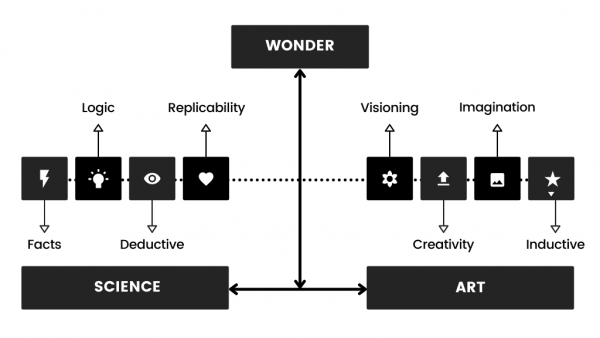
ELSI Science-Art Collaborative Framework (T. Heenatigala, ELSI)
OWNERSHIP AND SUPPORT
Some of the science-art collaborations may produce physical or online content such as lecture videos, presentation files, reports, art pieces, etc. These products will be owned by ELSI, Tokyo Tech. If the product is an artwork, it will remain in the original contextual form and will not make any changes without the artist’s approval. ELSI supports each activity to drive the collaboration, financial costs, and space to display if there’s an artwork.
PROJECT
ELSI PR Office has implemented several science-art activities since FY2017. Each of the activities had a different approach and outcome.
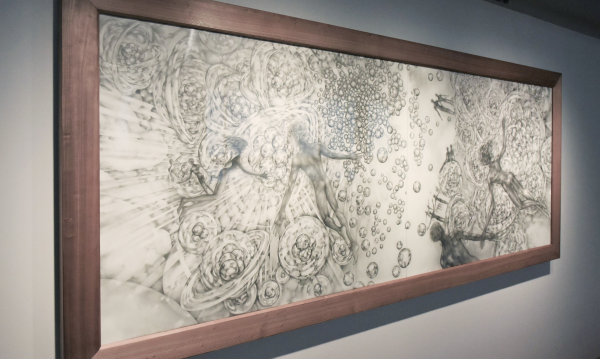
FY2017-FY2018: Several artists and scientists were brought together where each of them presented their work under the ‘Creators Meet Scientists’ activity. Several collaborations carried through from the initial dialogue between artists and scientists. Artist, Kyotaro collaborated with ELSI scientist Mayuko Nakagawa to produce an artist impression of Nakagawa’s work on isotopic analysis and connection with origins of life. Videographer Mitsunori Sakano also collaborated with Nakagawa to produce a visual perspective of the environment that simulates extreme conditions. Sakano accompanied Nakagawa to Kagoshima Satsuma Iojima during her field work trip.
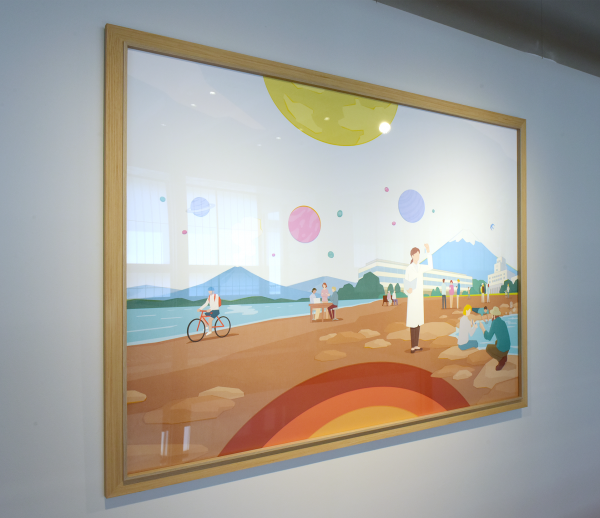
FY2019: ELSI produced a new booklet, ‘ELSI Prospectus’, where the cover art was produced by the artist, Taku Bannai. The cover artwork is a depiction of the ELSI environment.
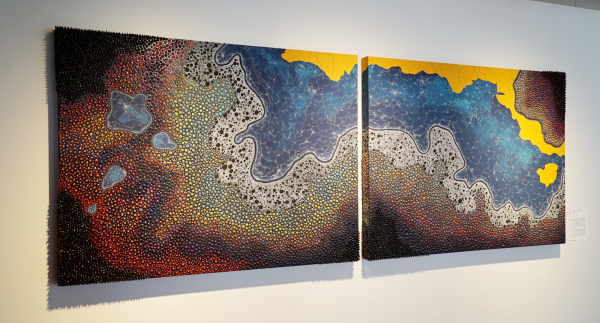
FY2020: Two scientists and one student collaborated with the artist, Padi Faraji, on ‘Origins of Life and Earth’ through dialogue and hands-on experience at the ELSI lab.
Project report by Padi Faraji: click here.
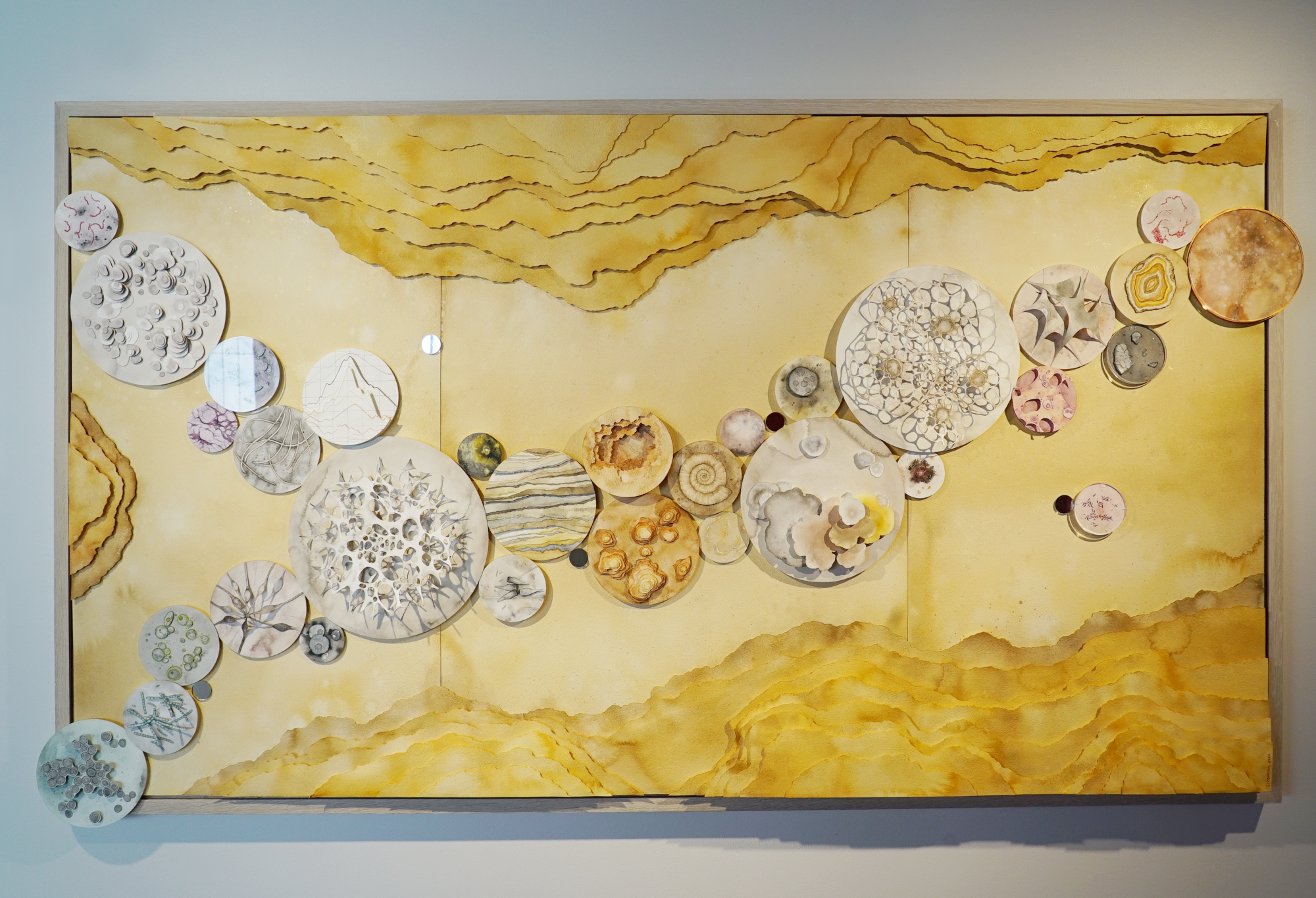
FY2021: ‘Under Their Lenses’ results from the collaborative project with Earth-Life Science Institute (ELSI) at the Tokyo Institute of Technology and the artist, Jamile Iyomasa. It was the 4th edition of the science-art collaboration at ELSI in the framework of the ‘ELSI Science-Art Project.’ The project made the exchange between a scientific and artistic point of view possible, culminating in an artwork that revolves around laboratory equipment, emphasising its purposes and outcomes within scientific research. It also seeks to integrate the research scientists, their motivation and curiosity, represented as a lens that filters, analyses, and interprets the outcomes.
Project report by Jamile Iyomasa: click here.
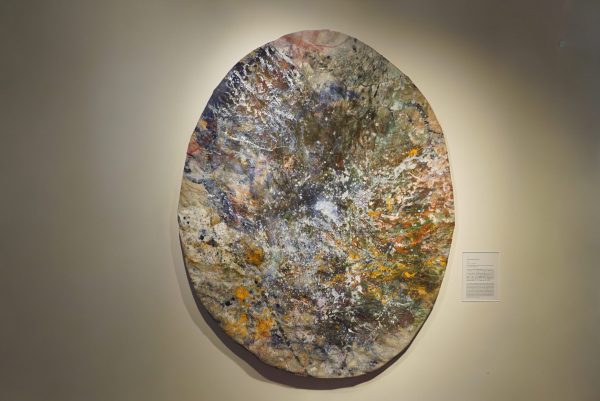
FY2022: “Universe; Celebration of Life” is a collaborative project that connected students, researchers at ELSI with the artist, Madoka Naito. The project explored and expanded the framework of the science language through active discussions and exchange of perceptions between the artist and researchers about life, earth and universe, and a workshop that reflects the discussions.
Project report by Madoka Naito: click here.
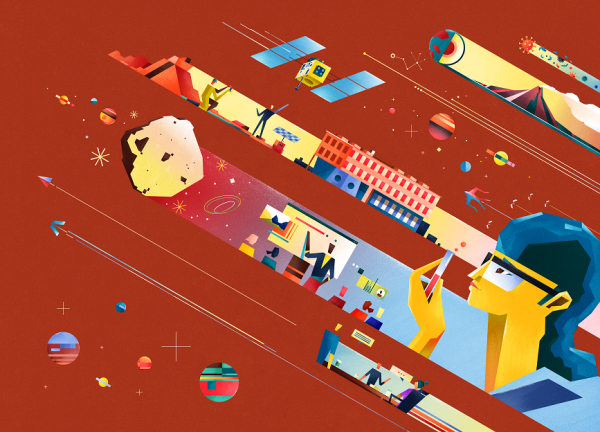
FY2022: ELSI produced the latest edition of ‘ELSI Prospectus’ booklet where the cover art was produced by the artist, Dan Matutina. The cover artwork is reflects the ‘ELSI 2.0’ strategy that carries forward after the ten-year WPI period.
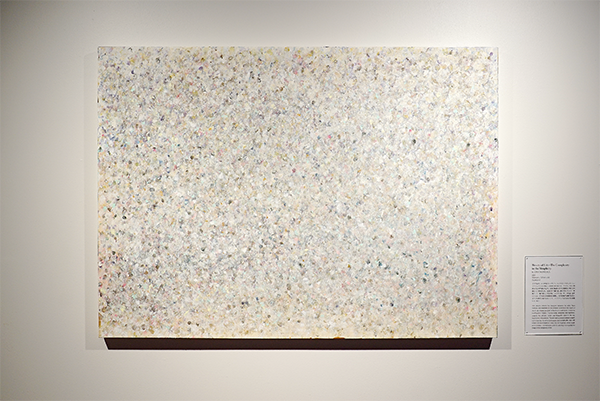
FY2023: “Complexity and Simplicity” is a collaborative project between the Earth-Life Science Institute (ELSI) and artist Kayo Nomura. This project, part of ELSI’s Science-Art programme, brought together researchers and the artist to delve into the interplay of complexity and simplicity in both scientific and artistic realms. Through workshops, discussions, and creative exchanges, the collaboration explored profound questions about life and the universe, resulting in an artwork that bridges the worlds of art and science.
Project report by Kayo Nomura: click here.
SUPERVISION AND COORDINATION:
ELSI’s Science-Art Project is held in collaboration with an artist in resident at ELSI. Each of the project is supervised by Dr. Thilina Heenatigala, with coordination support by ELSI PR Office.
